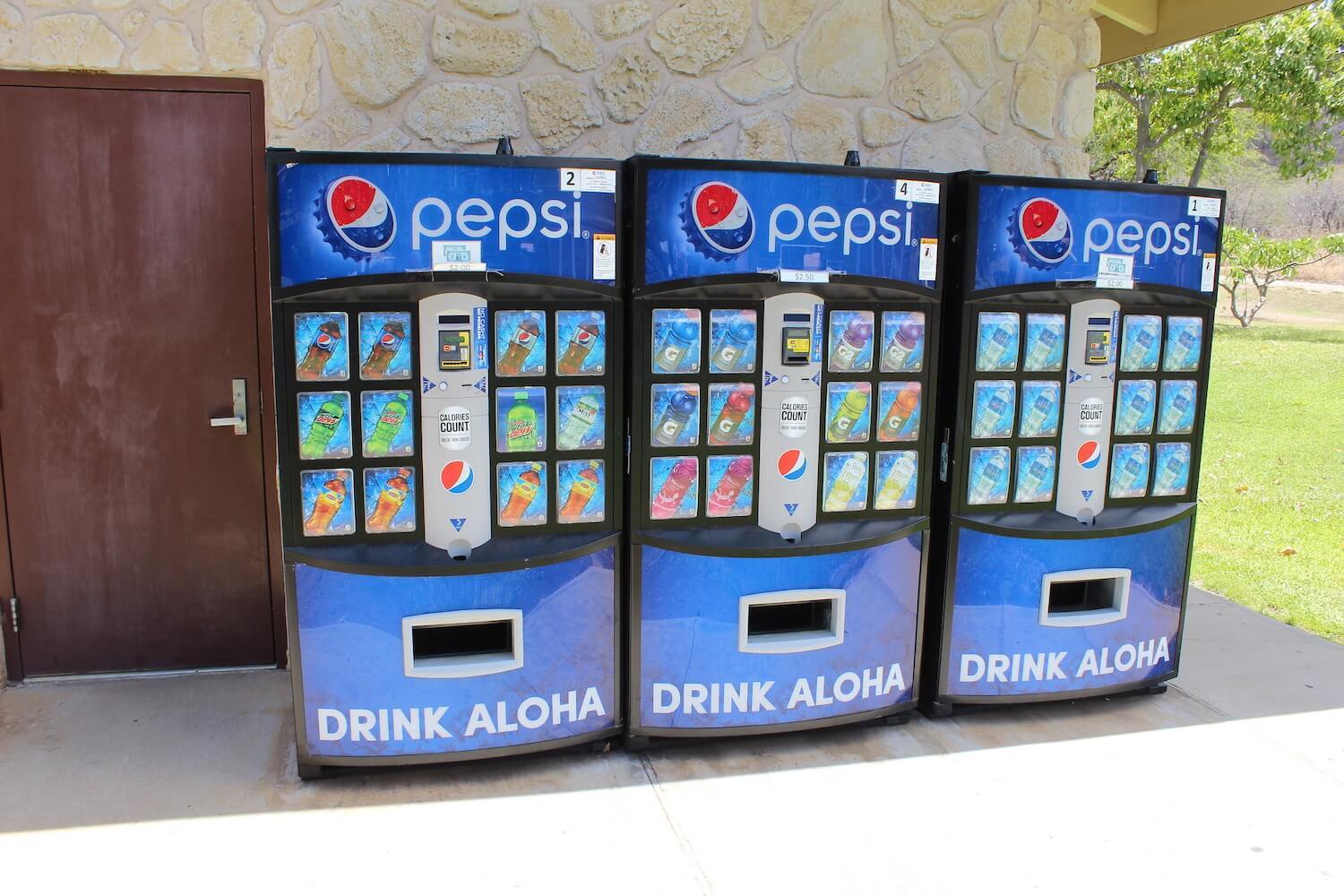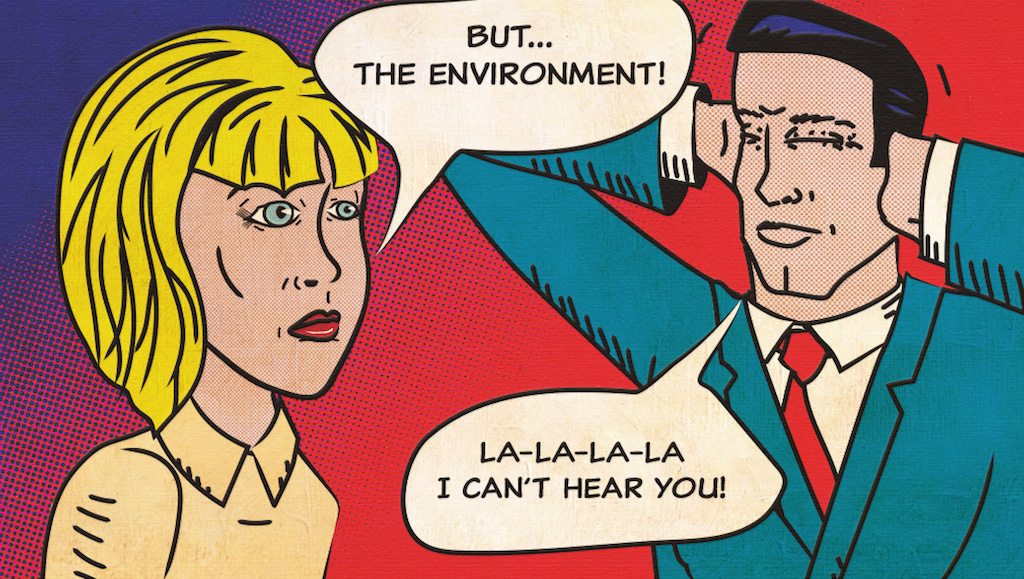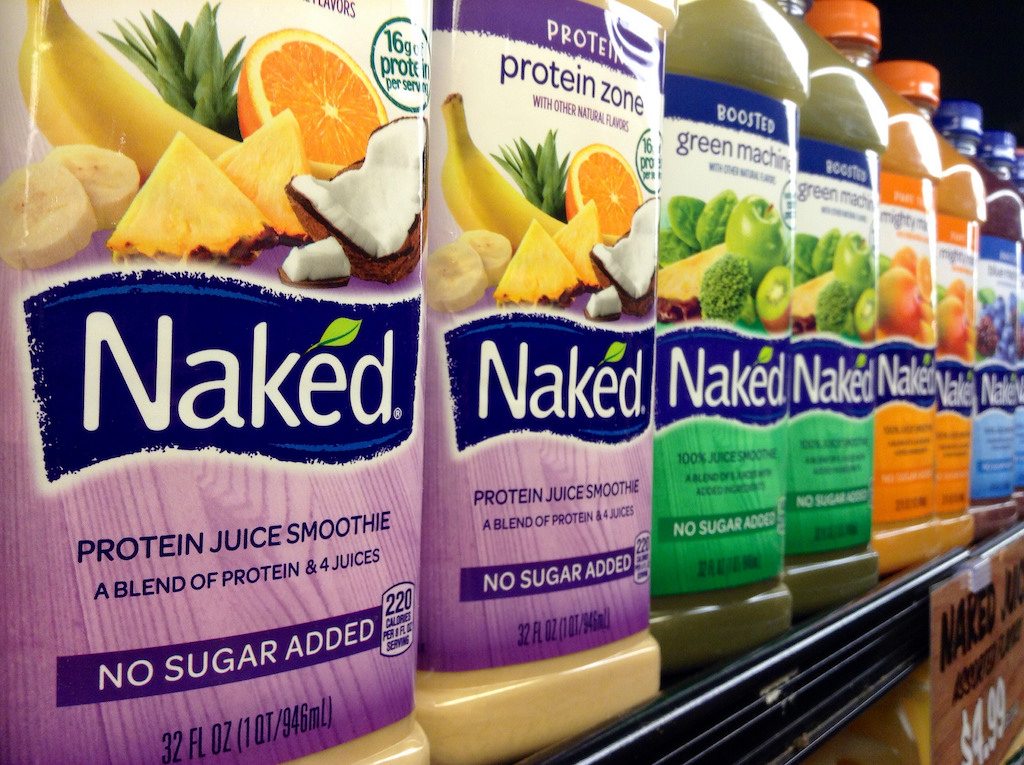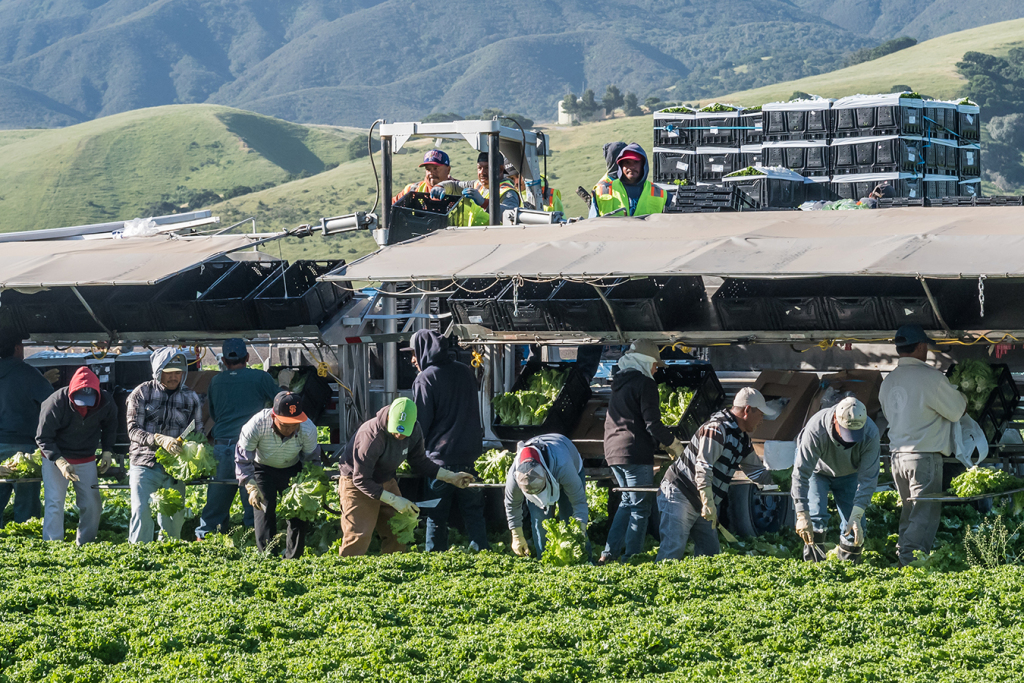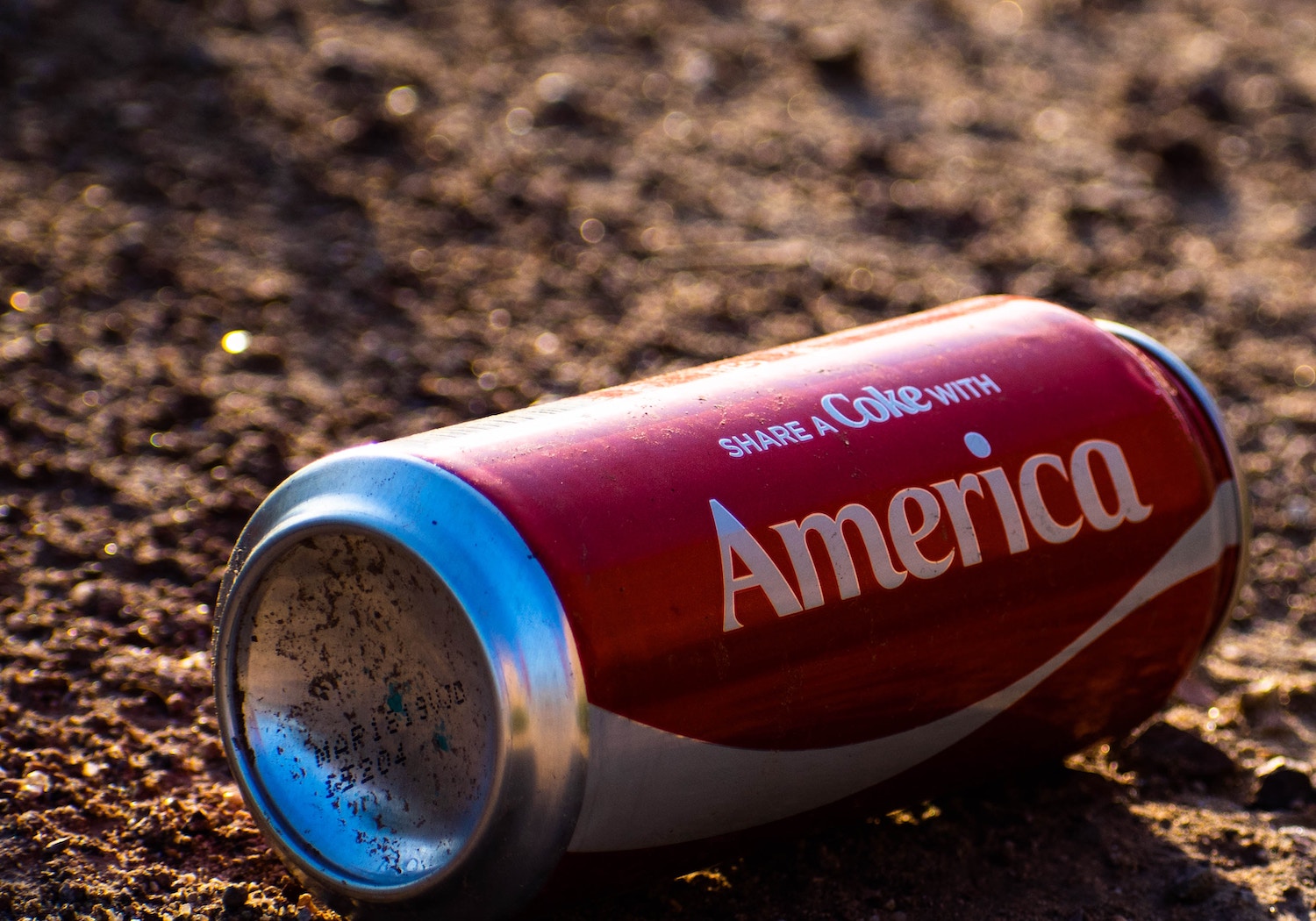Tracing the long tail of public health initiatives aimed at getting us off the high-fructose highwire.
Far fewer American kids are “heavy drinkers” of sugar-sweetened beverages today than they were at the turn of the century. That’s according to a new study published in the Journal of the Academy of Nutrition and Dietetics.
And when we say far fewer, we’re talking about a 70-percent decrease. Researchers from the Harvard T. H. Chan School of Public Health analyzed the diets of 21,783 children ages 2 to 19, over more than a decade—2003 to 2016—and found that their consumption of the high-calorie, mega-sweet sodas and juices on offer nearly everywhere had declined significantly since the early aughts.
This remarkable shift is fresh evidence of the success of ongoing school nutrition and public health campaigns that have painted liquid fructose bombs with a bad-for-you brush and tried to tax them in equal measure. It’s also an indicator of just how long it takes for any nutrition policy to have a measurable impact on people’s lives.
According to these findings, in 2003, a little over 10 percent of America’s children were considered “heavy drinkers” of sugar-sweetened beverages, or SSBs—a dubious categorization that meant they were sipping 500 or more calories’ worth of SSBs a day. (That’s equal to about three-and-a-half cans of soda.) By 2016, that count had dropped to just 3.3 percent, with declines noted across all age groups, income levels, and ethnicities.
Researchers also found that heavy consumption of sugary drinks among adults dropped from 12.7 percent to 9.1 percent over the same time period.
Researchers suspect that such a marked and broad decline is due at least in part to successful policymaking that limited kids’ access to SSBs in the first place. In the mid-2000s, a handful of cities and states began to pass laws that prohibited sugary–drink sales in schools and soda offerings on children’s menus. Then, in 2010, the legislation went federal: President Obama signed into law the Healthy, Hunger-Free Kids Act which, among other things, banned soda sales in public schools across the country.
[Subscribe to our 2x-weekly newsletter and never miss a story.]
“Greater awareness about the health harms of [SSBs]—especially soda—seems to be shifting public preference,” Kelsey Vercammen, lead researcher of the analysis and doctoral student at the Harvard T. H. Chan School of Public Health, wrote in an email. “It’s possible that these efforts and the awareness they have generated may be driving some of the declines seen in recent years of the data.”
Vercammen’s study was conducted on data from the National Health and Nutrition Examination Survey, an annual, nationally representative census of what Americans are eating and drinking.
Perhaps even more interesting is that this shift isn’t limited to children, though the decline is certainly most stark among them: Researchers also found that heavy consumption of sugary drinks among adults dropped from 12.7 percent to 9.1 percent over the same time period, with the most significant decreases observed among adults between 20 to 39 years of age.
This isn’t the first study to note an overall decrease in soda intake among the general population, but it’s notable both for its recency—most studies haven’t captured changes after 2014—and its focus on which particular populations are drinking the most SSBs. Vercammen said that the report focused on heavy drinkers rather than average consumption among the general population as a whole because “they likely face the biggest health risks…. From a public health perspective, they are an important group to monitor and they may benefit the most from nutrition policies and programs to help reduce intake.”
If the ceaseless debate around soda taxes is any indication, it’s impossible to definitively label any single nutrition policy a success or failure for public health. However, studies like this one, which are comprehensive both in time span and number of people surveyed, can serve as useful indicators of how our collective attitude toward ultra-processed food is evolving.
“When you start to see big drops, like in this study, I think it’s fair to say, it’s the effect of all of that work.”
“It’s really hard to change the behavior of an entire population,” said Marlene Schwartz, director of the Rudd Center for Food Policy and Obesity at the University of Connecticut. “There’s not one thing that’s going to be effective for 100 percent of the population, and there is a percentage of the population that you’re probably going to never be able to influence.”
The long tail effects of food policy also make it difficult to attribute any change in collective behavior to a single source.
“From a scientific perspective, when people ask: ‘What was it that led to the decrease?’, you can’t answer that question because you haven’t just tried one thing—you’ve tried 50 things,” Schwartz said, referring to various and often overlapping attempts to decrease soda access from within schools, restaurants, and even government buildings. “When you start to see big drops, like in this study, I think it’s fair to say, it’s the effect of all of that work.”
One of the biggest indications about how effective public health campaigns against soda have been is the soda industry’s own posturing. In 2014, apparently sensing a change in consumer behavior, the American Beverage Association—which represents Coca-Cola, Dr. Pepper, and PepsiCo—launched an initiative aimed at reducing the average drinker’s daily soda consumption by 20 percent by 2025. (In the same breath, those very companies have poured money into deceptive campaigns to ban local soda taxes.)
In a report issued on Monday, a third-party auditor for the industry’s campaign found that Americans consumed fewer calories per day from soda in 2019 than in the year prior, which lines up quite fittingly with Vercammen’s findings. That’s all well and good, the report’s authors noted, but it’s also not quite fast enough.
“To fully meet the goal, however, the rates of average annual calorie reduction will need to increase for the remaining years of the commitment,” it read.
We’ll check back in five years.
